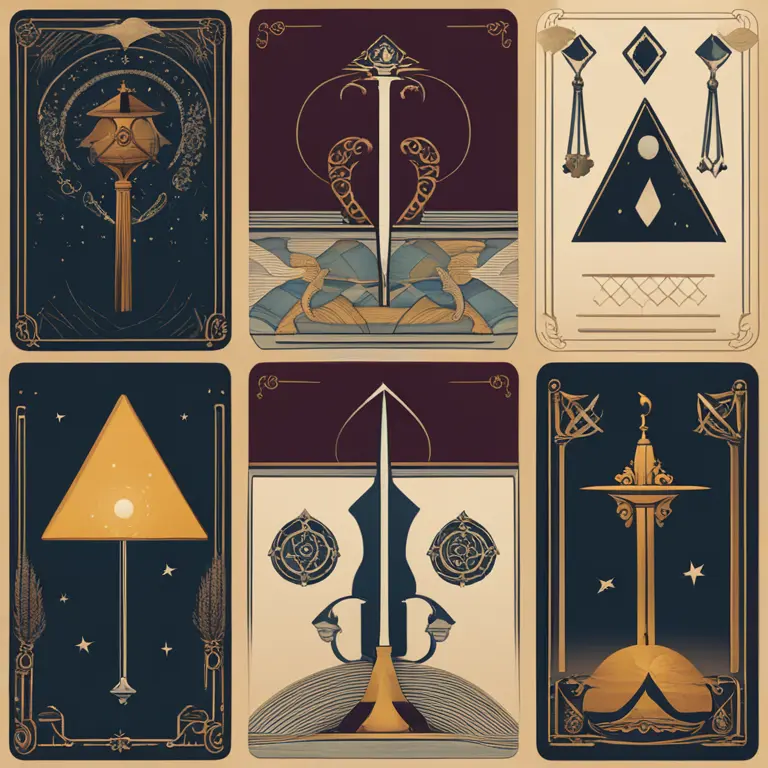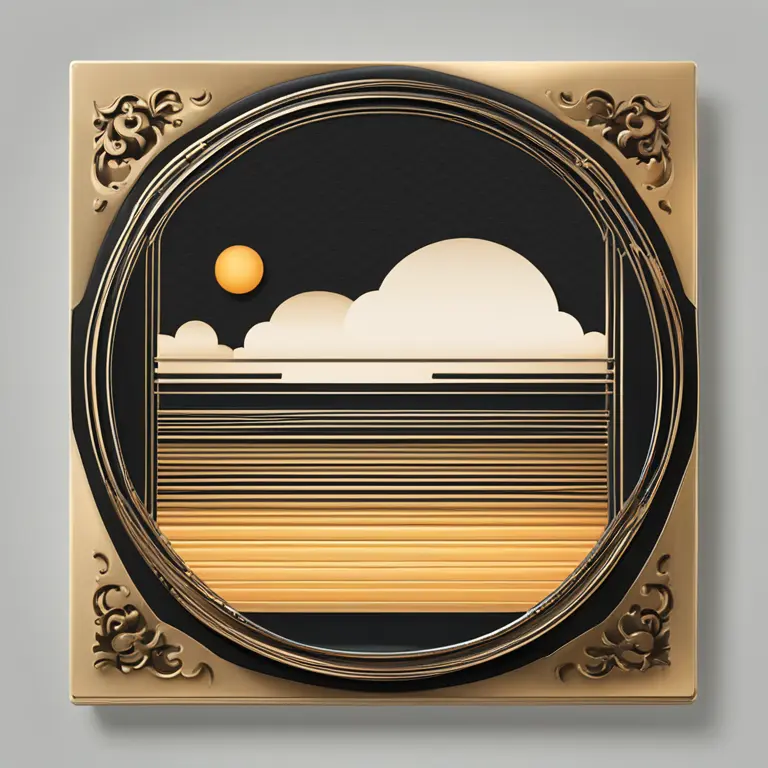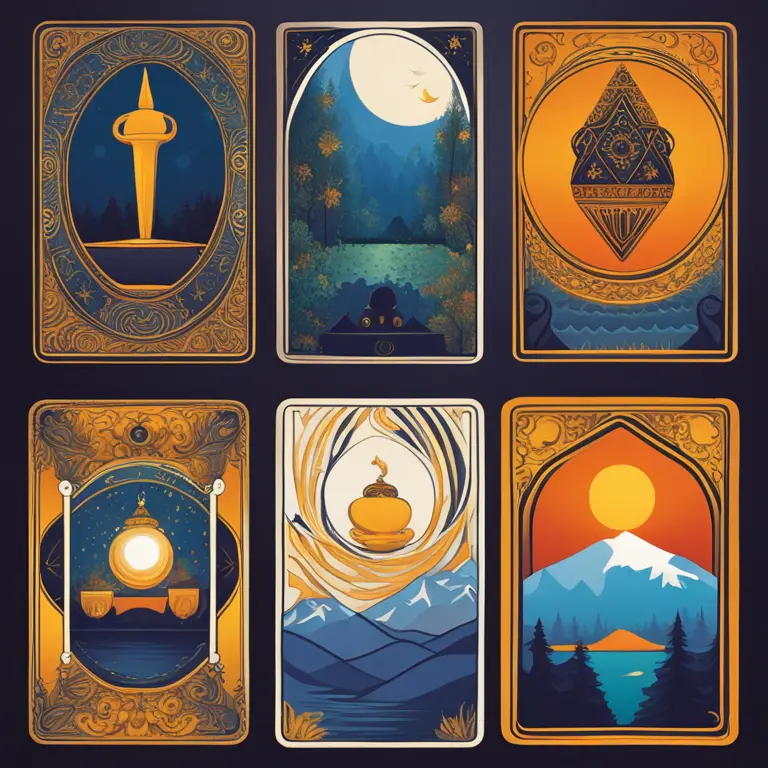
Introduction to Tarot
Tarot cards have fascinated humanity for centuries, offering a window into the subconscious and the potential to guide our future. The practice, shrouded in mystique, has its roots in 15th-century Europe, primarily for games and later for divination. Today, tarot reading remains a popular tool for introspection and decision-making. In this article, we'll explore how tarot cards function as a means of revealing deeper insights.

Tarot Structure and Symbolism
A standard tarot deck consists of 78 cards divided into two main categories: the Major Arcana and Minor Arcana. The 22 Major Arcana cards represent significant life themes and lessons, while the 56 Minor Arcana cards depict everyday events and feelings. Each card carries unique symbolism which, when interpreted by the reader, can unveil diverse aspects of an individual's life or mindset. Symbolism varies widely, with imagery drawing from historical, cultural, and mystical elements.

Connecting with the Cards
For a tarot reading to be effective, a connection between the reader, querent (the person receiving the reading), and the cards is essential. The reader sets an intention or question, then draws and places cards in specific layouts, known as spreads. The positions of the cards within these spreads add additional layers of meaning to the cards' inherent symbolism.

The Role of Intuition
A critical aspect of tarot readings lies in the reader's intuition. While anyone can learn the traditional meanings of the cards, a skilled reader employs their intuitive understanding to interpret cards in the context of the querent's question and circumstances. This personal, intuitive analysis is what breathes life into the reading, making each experience unique.
Tarot Readings in Practice
During a reading, a tarot reader considers both the individual meanings of cards and their interactions within the spread. This can involve looking at the cards in relation to one another, considering factors such as orientation (upright or reversed), recurring symbols, and even the querent's reactions as cards are revealed. The reader weaves together these elements to tell a narrative that addresses the querent’s questions and provides guidance.
Understanding Tarot in Modern Times
Tarot's relevance has transitioned into the digital age with online readings and apps, yet the principles remain the same. In 2024 and beyond, whether through a physical deck or virtual platform, tarot continues to be a tool for personal insight and future forecasting. As the curiosity for spiritual and self-exploration grows, tarot stands as a timeless vehicle for understanding our journey through life.
Respecting Tarot's Limitations
Although tarot can offer profound personal insights, it's important to recognize its limitations. Tarot readings do not predict the future with absolute certainty; rather, they offer perspectives that can help a person make informed choices. The cards encourage self-reflection and thoughtful consideration, not definitive answers.
Published: 1/17/2024
Modified: 1/17/2024
More predictions
Come back here soon to learn more about yourself and your future


The Astrology Houses Full Guide
Discover the significance of astrology houses and their connections to different life stages through our comprehensive age guide.


The Guide to Astrology Houses and Their Rulers
Discover the significance of astrology houses and their ruling planets in this comprehensive guide to the foundations of astrological interpretation.


Astrology's Framework: Signs & Houses Insight
Delve into the foundational elements of astrological interpretation by understanding the roles of zodiac signs and astrological houses in personal horoscopes.